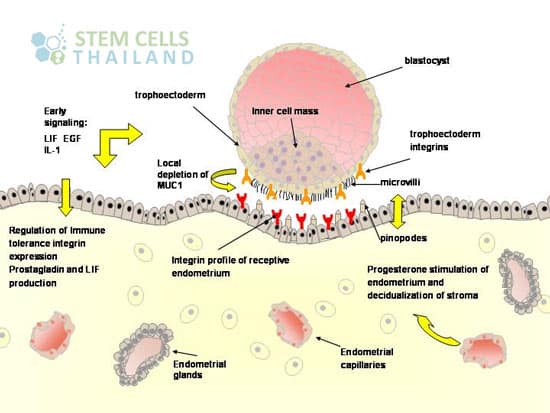
Blastocyst are embryos that has undergone development five or six days post fertilization period. The number of cells that a human blastocyst may contain ranges between 70 and 120. Blastocyst occur after the morula enters the females uterine cavity and develops a fluid-filled cavity. The morula then becomes what appears to be a hollow ball of cells that is also known as a blastocyst.
The development of a blastocyst is a critical stage in early embryonic development. Let’s discuss the key stages leading up to, and including, blastocyst formation, as well as the process of blastocyst transfer:
Blastocyst transfer is a procedure commonly used in in vitro fertilization (IVF) treatments. The process involves:
There are several advantages to transferring embryos at the blastocyst stage:
However, there’s also a risk that none of the embryos will develop into blastocysts, which means there would be nothing to transfer. The decision to conduct a blastocyst transfer is typically made in consultation with fertility specialists, considering various factors including the age of the woman, the quality and number of embryos, and previous IVF outcomes.
Within the blastocyst certain cells group together to form the inner cell mass that later goes on to becomes the embryo.
Zombie cells, also called senescent cells, are non-dividing cells that accumulate in the body due to stress or damage, resisting… Read More
Chimeric antigen receptor-T cell treatment (CAR-T cell therapy) holds immense potential to revolutionize organ transplantation, particularly for patients who struggle… Read More
In the ever-evolving landscape of nutrition science, the discourse around dietary fats has undergone significant transformation. The Regeneration Center is… Read More
New research shows that specific types of brain cells become active after brain injuries and exhibit properties similar to those… Read More
Chemokines, critical components in the immune system, are small proteins that facilitate the migration and positioning of immune cells throughout… Read More
Stem cell research examines everything from gene expression to differentiation capacities to therapeutic potentials. With such diverse data types and… Read More